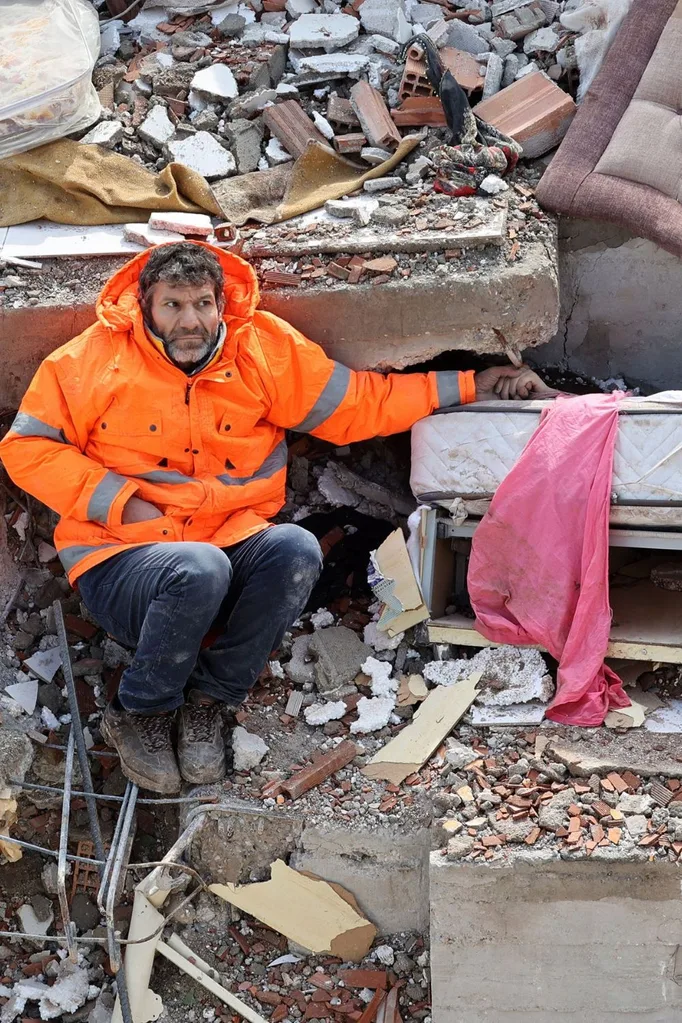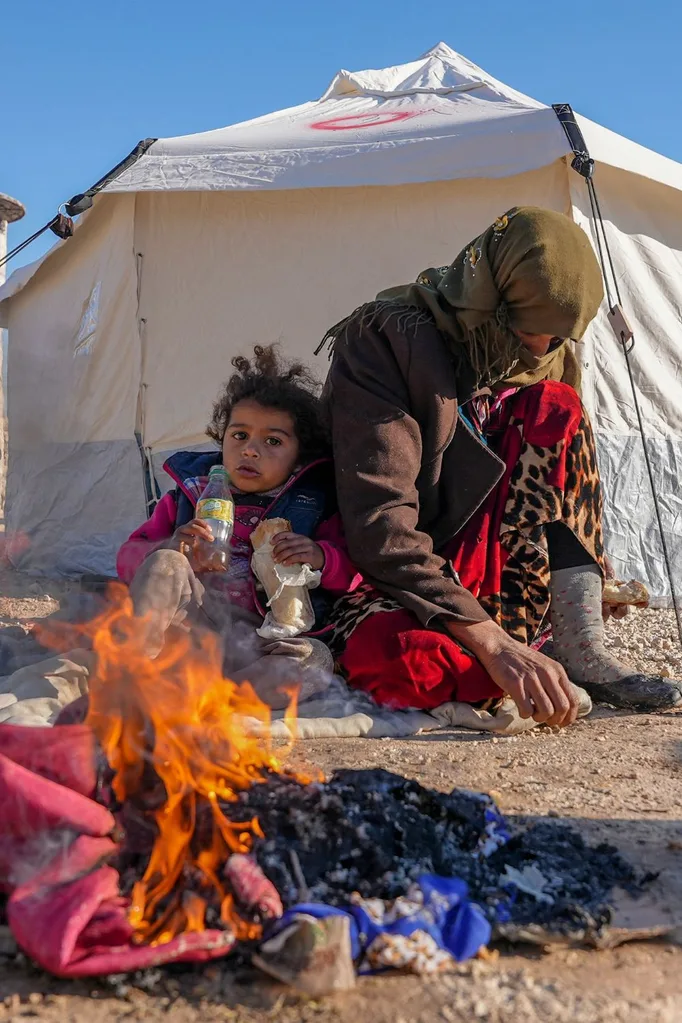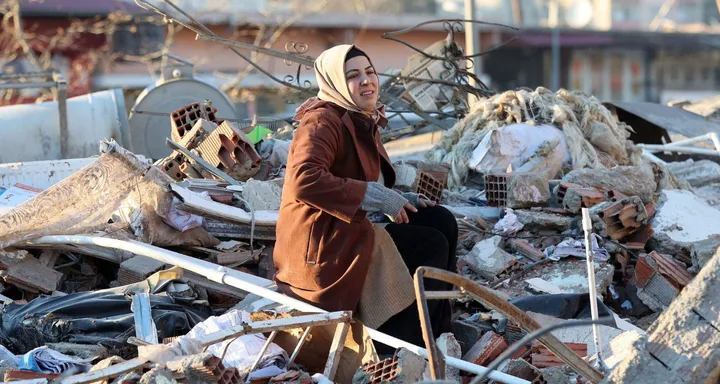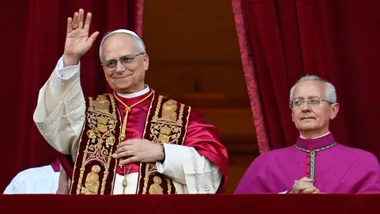At four in the morning on Monday, local time, a 7.8 magnitude earthquake hit near the town of Gazaiantep in south-eastern Türkiye, close to the Syrian border. It was nothing short of catastrophic.
More than 15,000 people have been confirmed dead, making it the worst natural disaster this century. More than 60,000 buildings have been destroyed, and tales of the devastation keep coming.
The initial earthquake in Türkiye (President Recep Tayyip Erdoğan changed the spelling from ‘Turkey’ in 2021) was followed by a 6.7 magnitude aftershock and then another, even larger at 7.5 on the Richter scale. There have been multiple other aftershocks, but those were the two largest.
For those unfamiliar with the Richter scale, a quake in the zone of seven to 7.9 is deemed a ‘major’ earthquake that will cause damage to most buildings with some partially or completely collapsing (even some well-designed structures).
The Syrian cities between Aleppo and Hama were also impacted, with the earthquake even felt in Lebanon.
What caused the earthquake in Türkiye and Syria?

The countries are known for having big earthquakes as they sit in a region with multiple fault lines (the name for the border where tectonic plates meet and cause friction).
The friction occurs when these plates move around, in this case, the Arabian plate is moving north into the Eurasian plate, forcing the Anatolian plate south and west.
The earthquake on February 6 — the strongest to hit the country in 80 years — occurred where the Anatolian plate and the Arabian plate meet (on the Türkiye side of the Syrian border). Rather than pushing into each other, they were sliding along one another. It is a very similar situation to what is occurring along the San Andreas fault in California.
The sliding means that the area of friction is quite large (along the whole fault line) so the movement results in a huge amount of damage, with 10 cities in Türkiye alone impacted.
Patricia Martínez-Garzón, a seismologist at GFZ Potsdam told NPR that the area has been “unusually quiet” over the last century, with researchers increasingly worried that an event such as this would occur.
She stresses, however, that the time it takes to build up enough pressure to move the plates is very difficult to estimate as it does not happen on a regular timetable.
A lot of the smaller earthquakes that the region has experienced over the years have been along the north edge of the fault, where Anatolia meets Eurasia, but this one occurred on the east.
Why is the situation in Türkiye and Syria so dangerous?

With the earthquake striking so early in the morning, many people were asleep in their homes and became trapped in the rubble.
A wet weather system has hampered rescue efforts, and freezing temperatures (plummeting as low as -7 degrees Celsius at night) means some people still alive under rubble could also be suffering hypothermia.
Stories of people being rescued after spending hours or days trapped under rubble are emerging, but so too are the heartbreaking stories of entire families lost. One particularly devastating photo showed a father sitting outside his crumbled home, holding the hand of his 15-year-old daughter, still trapped under the rubble that killed her.
The World Health Organisation has forecast that up to 20,000 people could perish as a result of this natural disaster.
How can we help Türkiye and Syria after the earthquake?

The Australian government has announced an initial $10 million humanitarian aid to assist with the efforts on the ground. The money will be given to the Red Cross and Red Crescent partners to help people in the area.
However, you can choose to donate on top of this if you have the means.
The Emergency Action Alliance
This group of 15 aid organisations in Australia work together during natural disasters and have begun an earthquake appeal. The alliance members include HNHCR, Oxfam, Save the Children, ActionAid, Caritas Australia, Plan International, Care Australia, Baptist World Aid, Act for Peace, Tearfund, Anglican Overseas Aid, Australian Lutheran World Service, the Adventist Development and Relief Agency (ADRA), ChildFund Australia and the Christian Blind Mission.
The Australian Red Cross
The Red Cross will continue fundraising for the Turkish and Syrian Red Crescent teams with donations to provide immediate (first aid, health, shelter) but also long-term relief to affected communities.
Unicef
They will be focusing on the children impacted by the earthquake, particularly those who have lost their homes or have been separated from their families.
Médecins Sans Frontières, or Doctors Without Borders
Doctors have mobilised medical teams and are working with other partnered medical agencies to respond to medical emergencies on the ground.
As with any donations, please ensure that you are visiting official websites and phone numbers to avoid opportunistic scamming around this devastating disaster. Always approach the charity directly, double check the name and URL to ensure your money is going where it is needed most.










